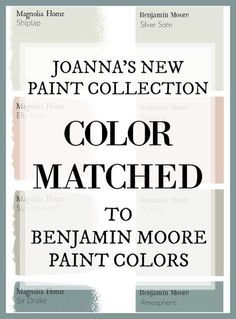What does a color consultant do?
It's quite simple, but it's not easy. In short, a color consultant specializes in the complex effects of color and creates color solutions for a client's goals.
A color consultant combines color psychology, current trends, demographic statistics, and color design theories to come up with a successful informed solution. Add to that mix the science of visual and physiological effects.
On a recent trip to Houzz.com I came across this comment:
This is so true! Believe it or not, I would say 25% of the time I am simply reassuring clients on decisions they've already made. I actually just give my opinion rather than guide them to the right color. And that is okay! You have to live there and love the color, not me. Another suggestion I've given to aid in clients solidifying their choice is to prime a small wall before painting with the color sample. The existing color of the wall can actually influence or slightly change the way you see your new color.
Please don't forget that I am here to help you and am just trying to pull that vision out of your head, that no one else can see, to life. Meaning, as a client, you will be participating. So whether you are starting from scratch with a blank slate or working around an existing color looking for an accent, any additional references will help. It can be anything from your countertop sample to a favorite pillow from the couch. You are usually drawn to a certain color for a good reason and I can't tell you how many times that perfect blue we picked for your bathroom was also the color of your shirt!
A color consultant combines color psychology, current trends, demographic statistics, and color design theories to come up with a successful informed solution. Add to that mix the science of visual and physiological effects.
On a recent trip to Houzz.com I came across this comment:
"A typical color consultation client is someone who has already taken 10 trips to the paint store, has stacks of paint swatches, has samples painted on the walls and can’t make up their minds what to do,” says Mary Nolte of Kaleidoscope Color Consulting.
“They think they have no idea of what they want or like, but this isn’t true
— they just lack confidence and vision.”
This is so true! Believe it or not, I would say 25% of the time I am simply reassuring clients on decisions they've already made. I actually just give my opinion rather than guide them to the right color. And that is okay! You have to live there and love the color, not me. Another suggestion I've given to aid in clients solidifying their choice is to prime a small wall before painting with the color sample. The existing color of the wall can actually influence or slightly change the way you see your new color.
Please don't forget that I am here to help you and am just trying to pull that vision out of your head, that no one else can see, to life. Meaning, as a client, you will be participating. So whether you are starting from scratch with a blank slate or working around an existing color looking for an accent, any additional references will help. It can be anything from your countertop sample to a favorite pillow from the couch. You are usually drawn to a certain color for a good reason and I can't tell you how many times that perfect blue we picked for your bathroom was also the color of your shirt!
 |
| Fireplace Accent Wall |
 |
| Bookcase Accent Wall |
 |
| Window Accent Wall |
Another question I get quite often is about accent walls. Homes seem to be more common now with open floor plans and because of this it is hard to have more than one color. Or if you don't have an open floor plan but you feel you need more of a flow to your home the same rule of going more MONOCHROMATIC applies to you both. Monochromatic is a version of tone on tone in the same color, so if there is an accent wall, it is usually in the same tone as your all over color just two shades darker. The reason it is at least two shades darker is because any lighter and there might be certain times of the day where you can't tell the difference between your accent wall and your other walls. If you are interested in an accent wall, let the architecture speak to you. Choose a wall with purpose. The wall may have a fireplace or a big window or your beds headboard, some force to draw attention.




Comments
Post a Comment